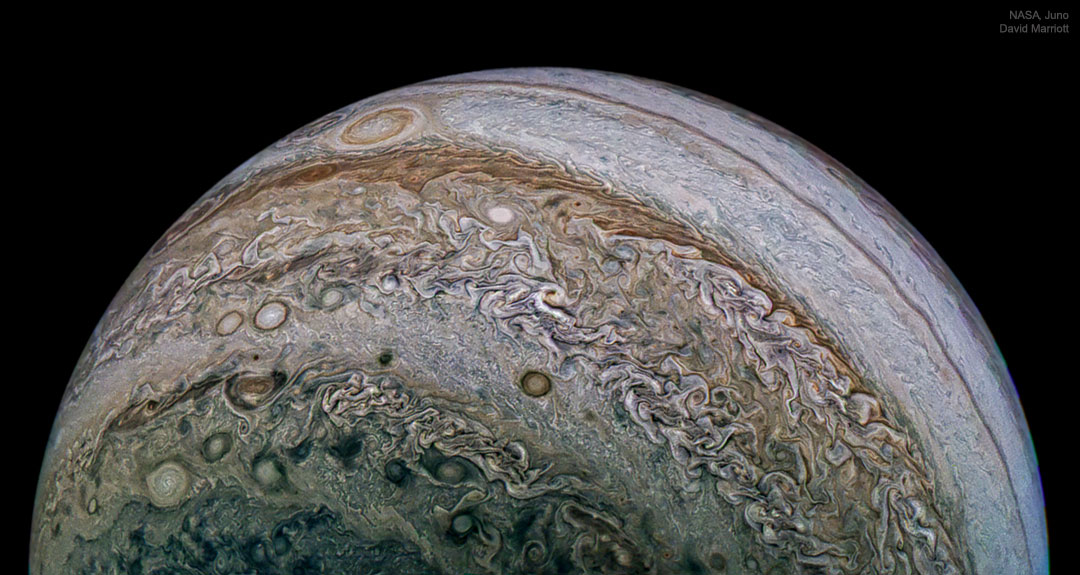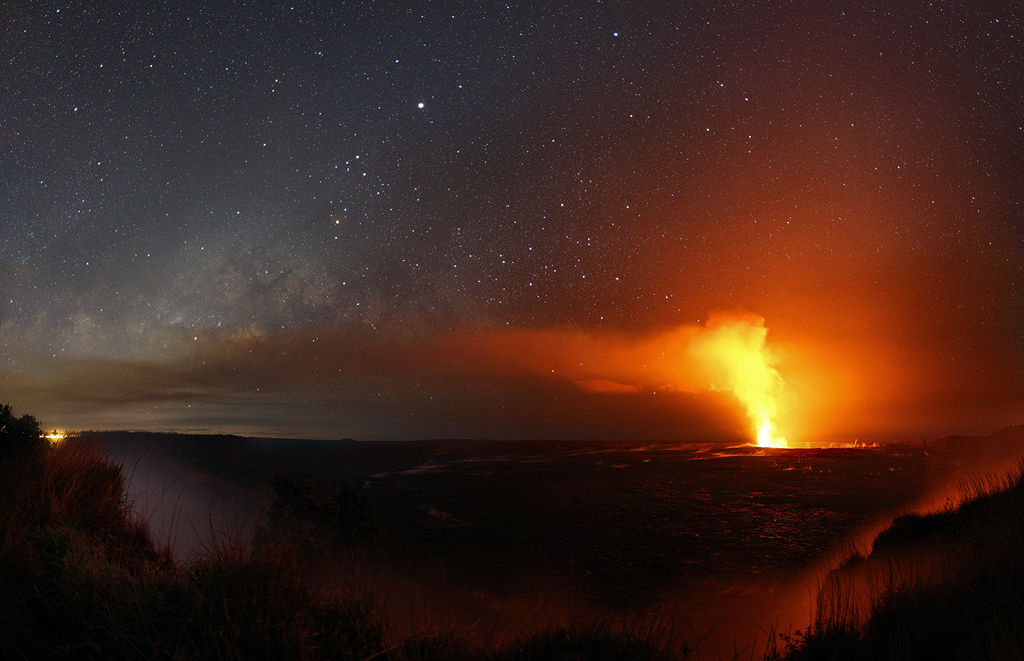
In early Martian summer, at the time NASA’s Mars Reconnaissance Orbiter acquired this image, the dunes are almost free of their seasonal ice cover. via NASA https://ift.tt/2HncivW

The media and public are invited to ask questions during a live discussion at 2 p.m. EDT Thursday, June 7, on new science results from NASA’s Mars Curiosity rover.
from NASA https://ift.tt/2LZxc7V
via IFTTT![]()

Three members of the International Space Station Expedition 55 crew, including NASA astronaut Scott Tingle, returned to Earth Sunday after 168 days of living and working in low-Earth orbit.
from NASA https://ift.tt/2LjywRQ
via IFTTT![]()

NASA has selected a science mission planned for launch in 2024 that will sample, analyze, and map particles streaming to Earth from the edges of interstellar space.
from NASA https://ift.tt/2J4gkzd
via IFTTT![]()